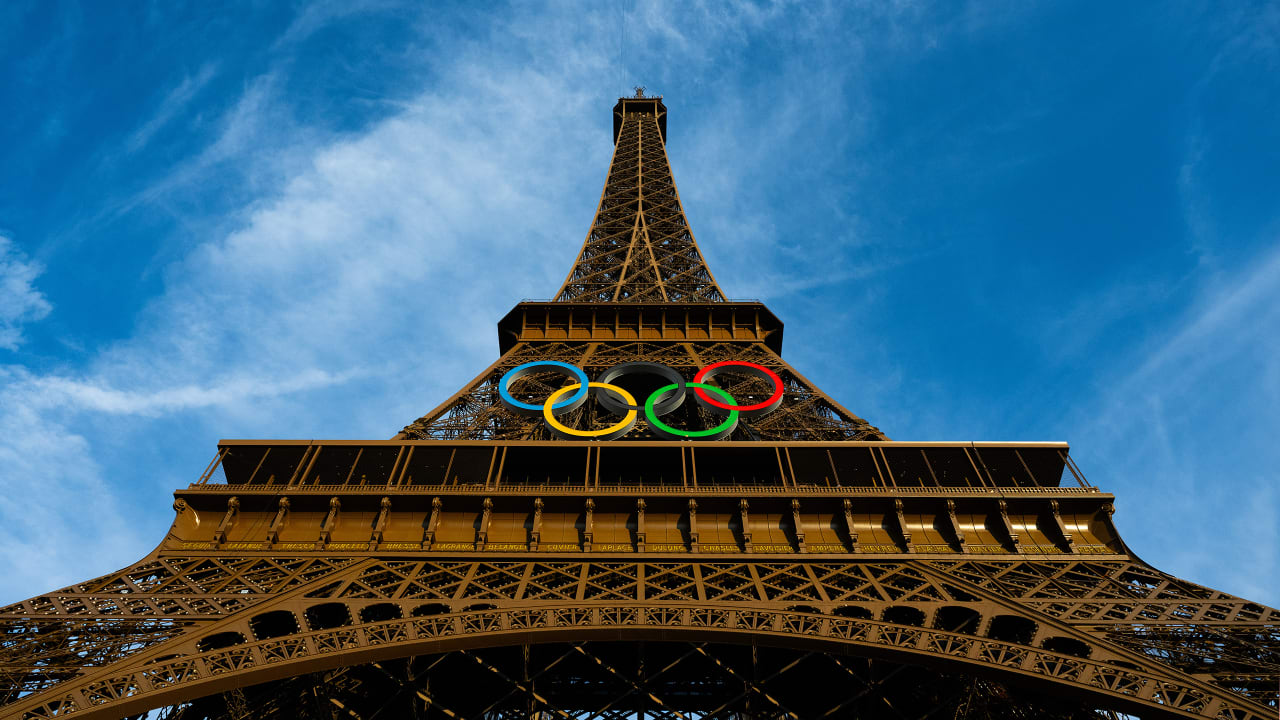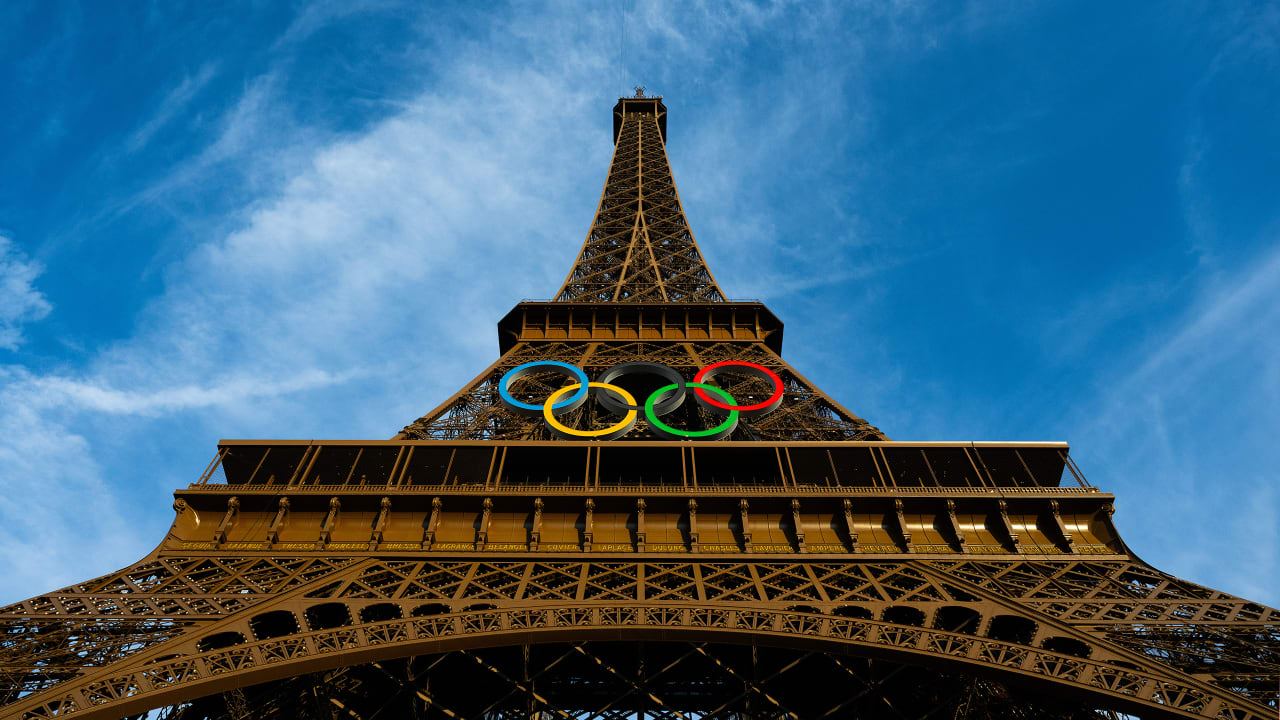
[ad_1]

As the 2024 Paris Olympics kick off this weekend, the cloud left by the 2020 Tokyo Games’ viewership flop still casts a shadow. Headlines declaring the death of the Olympics have become a quadrennial tradition, with critics citing overspending and corruption as factors with historically low viewership as a nail in the Olympic coffin.
But are the Games really on life support, or are we simply measuring their vitality with outdated metrics?
Let’s rewind to 2021. The pandemic-delayed Tokyo Olympics saw live television and internet viewership drop to 3.05 billion people worldwide, a 5% decrease from Rio 2016 and a 15% drop from London 2012. Not good. But while those numbers don’t lie, they can certainly mislead. And some additional context paints a picture not of extinction, but of evolution.
While traditional TV viewership declined, digital engagement soared. Tokyo Olympics highlights and digital clips racked up 28 billion online views. For context, that’s more than double Rio’s 11.6 billion and worlds beyond London’s 1.9 billion.
This seismic shift in consumption habits isn’t unique to the Olympics. It reflects broader trends across media and sports entertainment.
Today’s sports fans, particularly younger demographics, prefer on-demand viewing to appointment television and snackable highlights on social media to hours-long live broadcasts. These mobile-friendly habits are reshaping not just how fans consume sports, but how they engage with them.
Catering to online eyeballs
The International Olympic Committee (IOC) isn’t blind to this shift. Their recent launch of the “Sport. And More than Sport.” brand platform, which focuses on the stories behind the games, is a clear attempt to target a younger audience for the 2024 Olympics. Collaborations like Team USA and NBC’s Roblox partnership and brands’ heavy investment in social media activations further that narrative.
But the IOC’s strategy goes beyond marketing. The very fabric of the Olympics is being rewoven to appeal to a new generation. Of the 329 events across 32 sports in Paris, several that are either debuting or returning after premiering in Tokyo are clearly skewed toward younger audiences. Skateboarding, surfing, and even breakdancing are now Olympic events, reflecting a recognition that the Games must evolve to remain relevant. The IOC’s hand is further revealed by its recent announcement that it will host the inaugural Olympic Esports Games in Saudi Arabia in 2025.
Despite the hand-wringing over viewership, the 2024 Olympics remain a lucrative proposition for advertisers. NBCUniversal has already set a new ad revenue record for Paris 2024, securing $1.2 billion in commitments, with over $350 million from new advertisers. This influx of fresh ad capital suggests that brands still see value in the Olympic platform, even as it evolves.
The New TV Strategy
It’s also a reminder that, while viewer engagement is changing, TV at the moment remains the richest vein in the sports gold mine. More than 60% of the IOC’s revenue comes from broadcast rights, and the organization is probably studying carefully what’s happening with the NFL. That league appears hell-bent on owning every feasible primetime window and having a presence on as many streaming platforms as possible.
To watch every regular season NFL game, you need access to NBC, CBS, Fox, ABC, Sunday Ticket, NFL Network, ESPN, ESPN+, Peacock, Amazon Prime, and Netflix. A pain for hardcore fans, but highly lucrative for the league. Each network is on the hook for anywhere between $1 billion (Amazon) and $2.7 billion (Disney/ESPN) annually with Netflix expected to pay $150 million for each of the Christmas Day games on its slate. In total, the 11-year deal is expected to bring the NFL $110 billion in revenue.
It’s the best example of the landscape becoming more fragmented, as different providers hold rights to specific game slots. But the NFL has proved that, with the right product, leagues can take advantage of this trend. As we look toward Paris and beyond, it’s clear that the way we measure Olympic success needs to evolve. The raw numbers from Tokyo—3.05 billion live viewers with 28 billion digital views—tell a story not of decline, but of transformation. We’re witnessing a shift from passive consumption to active engagement and from appointment viewing to on-demand interaction. So to declare the Games dying based on traditional TV ratings alone misses the full picture.
[ad_2]